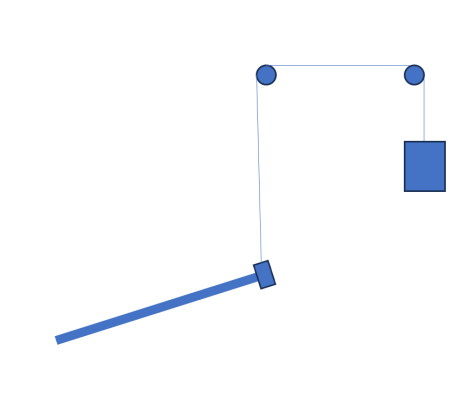Gordon J
Guru
- Joined
- Jul 23, 2015
- Messages
- 1,082
- Location
- USA
- Vessel Name
- Didi Mau
- Vessel Make
- Currently looking for next boat
Ok, story thus far. Needed bottom paint and decided to renew the bellows on my pss shaft seals, and since going this far also decided to change cutlass bearings. This is a powercat located in Croatia. The yard had a deuce of a time getting the shaft flange off. After two days of pounding and heating they where able to remove the first shaft flange.
Fast forward to check ride, the boat had a terrible vibration starting at 1400 rpm and continuing to about 1900 fades and then starts again at about 2400.
Yard re-hauled the boat and found, not surprisingly that the flanges were not true. Machine shop took care of that. Three alignments later still have a terrible vibration.
Mechanics at the yard now tell me I have bad engine mounts on this 2016 boat with 1100 hours. This on a boat that ran smooth prior to being touched by this yard. I told the yard owner to point out the bad mounts and I would gladly change them. I inspected each one and they look good to me. There is some rust on a couple but all appear sound and the rubber supple. All are adjustable.
The boat had been in and out of the water four times now. A machine shop said shafts are true, and propellers are literally out of the box.
Suggestions, ideas on where to look would be helpful. I reached out to Steve d'Antonio hoping to buy some time for a consult, but couldn't get anyone to answer the phone.
Ideas theories welcome.
Gordon
Fast forward to check ride, the boat had a terrible vibration starting at 1400 rpm and continuing to about 1900 fades and then starts again at about 2400.
Yard re-hauled the boat and found, not surprisingly that the flanges were not true. Machine shop took care of that. Three alignments later still have a terrible vibration.
Mechanics at the yard now tell me I have bad engine mounts on this 2016 boat with 1100 hours. This on a boat that ran smooth prior to being touched by this yard. I told the yard owner to point out the bad mounts and I would gladly change them. I inspected each one and they look good to me. There is some rust on a couple but all appear sound and the rubber supple. All are adjustable.
The boat had been in and out of the water four times now. A machine shop said shafts are true, and propellers are literally out of the box.
Suggestions, ideas on where to look would be helpful. I reached out to Steve d'Antonio hoping to buy some time for a consult, but couldn't get anyone to answer the phone.
Ideas theories welcome.
Gordon
Last edited:


